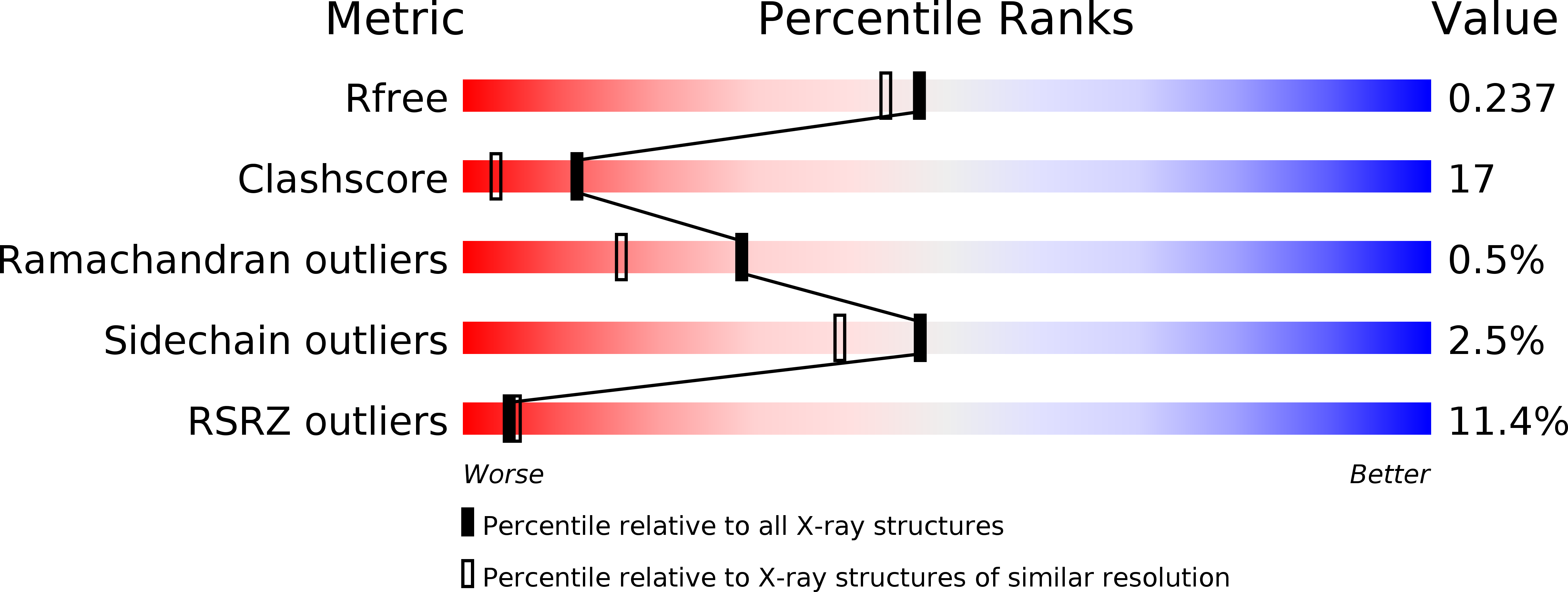
Deposition Date
2015-05-17
Release Date
2016-02-03
Last Version Date
2024-11-13
Entry Detail
PDB ID:
5A2D
Keywords:
Title:
CRYSTAL STRUCTURE OF BETAINE ALDEHYDE DEHYDROGENASE FROM SPINACH SHOWING A THIOHEMIACETAL WITH BETAINE ALDEHYDE
Biological Source:
Source Organism:
SPINACIA OLERACEA (Taxon ID: 3562)
Host Organism:
Method Details:
Experimental Method:
Resolution:
1.98 Å
R-Value Free:
0.23
R-Value Work:
0.19
R-Value Observed:
0.19
Space Group:
P 1


